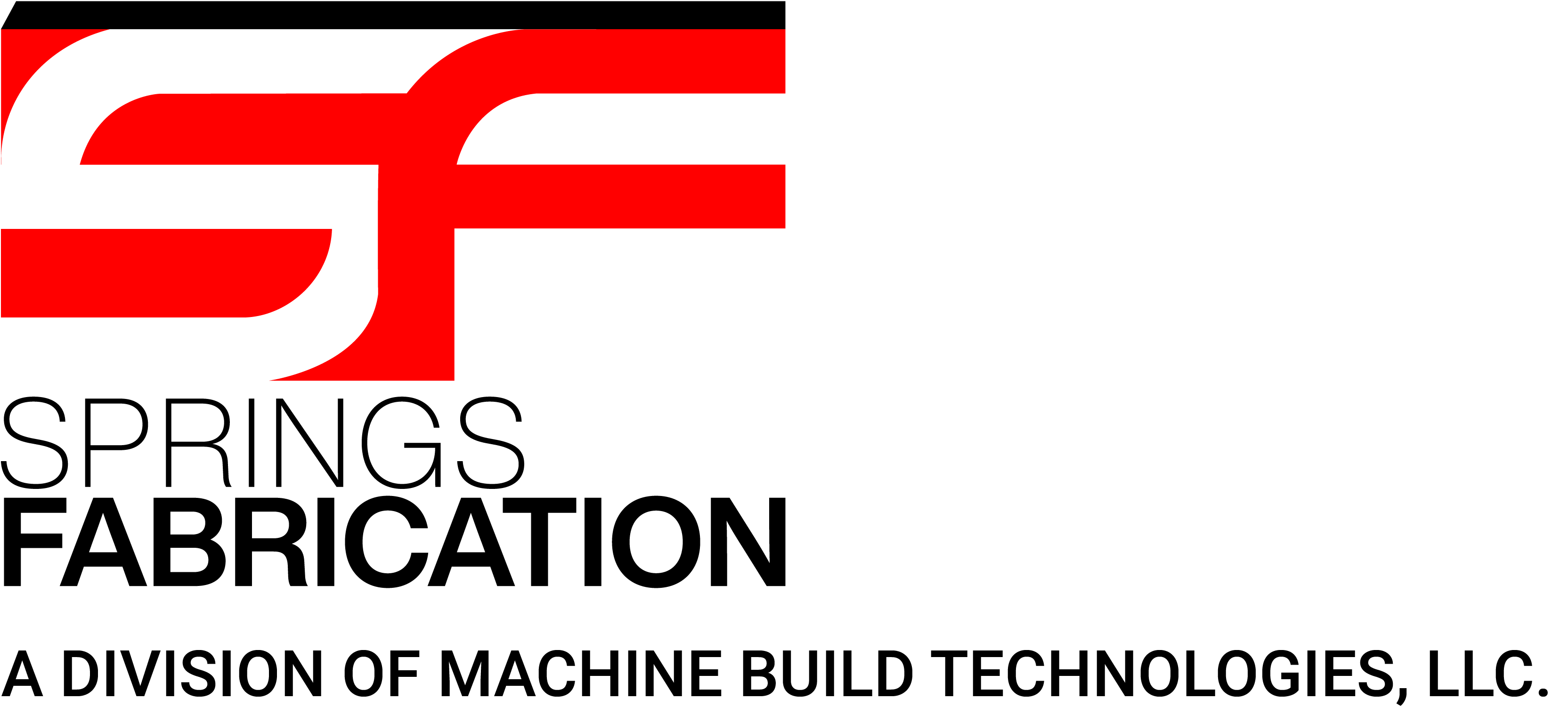Skidded Systems Fabrication: Streamlining Industrial Processes
In the realm of industrial engineering and manufacturing, the term "skidded systems fabrication" has gained prominence in recent years. Skidded systems represent a versatile and efficient approach to designing and constructing complex industrial systems.
Understanding Skidded Systems Fabrication
Skidded systems fabrication is a comprehensive approach to designing, building, and deploying industrial systems on a self-contained platform or "skid." These skids typically consist of pre-fabricated and pre-assembled components, equipment, instrumentation, and controls mounted on a portable structure. The primary goal of skidded systems fabrication is to simplify the installation, maintenance, and operation of industrial processes.
Key Components of Skidded Systems
- Process Equipment: Skidded systems often include various types of process equipment, such as pumps, tanks, heat exchangers, reactors, and separators. These components are selected based on the specific needs of the industrial process.
- Piping and Instrumentation: Piping, valves, and instrumentation are integrated into the skid, ensuring precise control and monitoring of the process. Advanced control systems and automation technology are often part of skidded systems to optimize performance.
- Structural Framework: The skid itself serves as a sturdy and portable platform that houses all the components. It is typically constructed from materials like stainless steel or carbon steel, ensuring durability and resistance to harsh industrial environments.
- Electrical and Control Systems: Skidded systems come equipped with electrical panels, control systems, and software to manage and regulate the operation of the equipment. These systems can be customized to meet specific industry standards and requirements.
Benefits of Skidded Systems Fabrication
- Cost Efficiency: Skidded systems fabrication reduces labor costs associated with on-site assembly, as most components are pre-fabricated and assembled in controlled environments. It also minimizes the risk of errors during installation.
- Time Savings: Skidded systems can be built in parallel with site preparation, allowing for faster project timelines. Installation and commissioning are streamlined, reducing project downtime.
- Quality Control: Fabricating components in a controlled environment ensures higher quality standards and consistency in manufacturing, leading to reduced maintenance and operational issues.
- Mobility and Flexibility: Skidded systems are portable, allowing for easy relocation if necessary. This flexibility is particularly valuable in industries where processes need to adapt to changing conditions.
- Safety: The pre-assembled nature of skidded systems minimizes on-site welding and construction, reducing the risk of accidents and ensuring a safer work environment.
Applications of Skidded Systems
Skidded systems fabrication finds applications across various industries, including:
- Chemical Processing: Skidded systems are commonly used in the chemical industry for processes like mixing, distillation, and chemical reactions.
- Oil and Gas: Skidded systems play a critical role in the extraction, refining, and distribution of petroleum products.
- Food and Beverage: These systems are utilized for food processing, from mixing and blending to pasteurization and packaging.
- Pharmaceuticals: Skidded systems are integral in pharmaceutical manufacturing, ensuring precise and sterile production processes.
- Water Treatment: Skidded systems are employed for water purification, wastewater treatment, and desalination.
Conclusion
Skidded systems fabrication is a sophisticated approach to industrial engineering that simplifies the design, construction, and deployment of complex industrial processes. Its cost-efficiency, time savings, quality control, and adaptability make it an appealing option for industries that demand precision, mobility, and efficiency. As technology continues to advance, the use of skidded systems is expected to expand further, driving innovation and improving industrial processes across various sectors.
